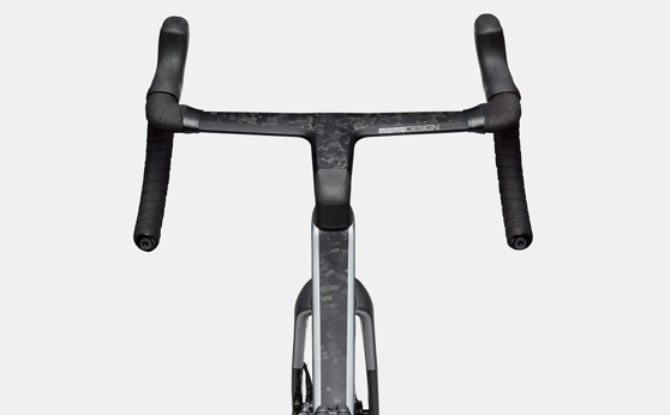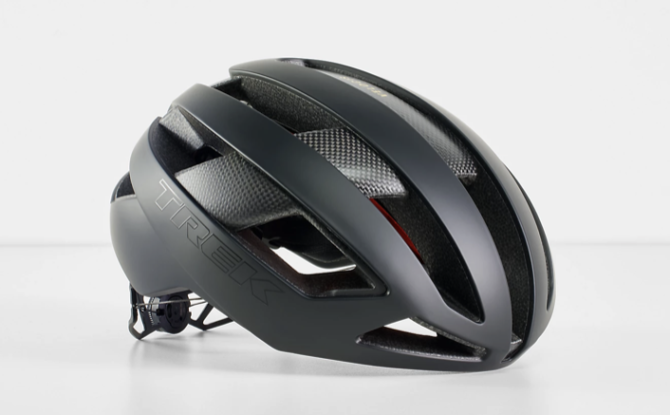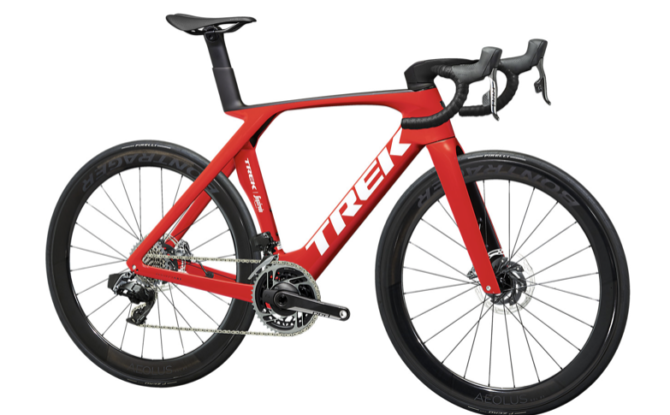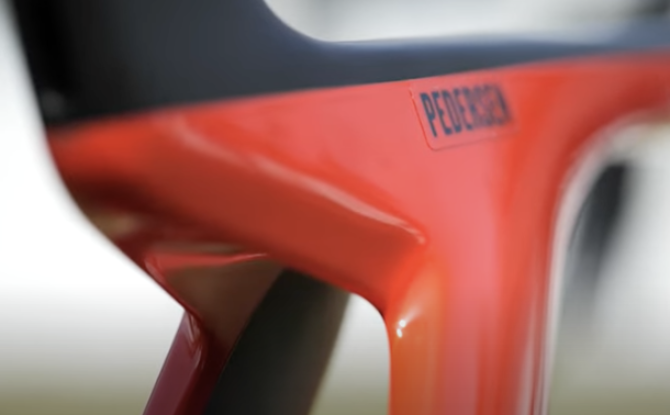From Bicycling.com
This week, Trek stores and participating Trek retailers will begin accepting the return of used Trek bicycles in exchange for in-store credit to buy a new bike, the company announced. The used bikes will then be refurbished and sold on the brand’s website, trekbikes.com. This will be the first manufacturer-led trade-in and refurbishment program in the bike industry.
The program, which has been named Red Barn Refresh in a nod to Trek’s storied birthplace, the Red Barn, has a lot of similarities with vehicle trade in programs and purchasing a “certified pre-owned” car.
How does it work?
Once a used bike is traded in, it will be returned to Trek in Waterloo, Wisconsin, where trained techs will repair and replace what’s needed before it is ‘certified awesome’ and resold online to people looking to score a great bike with a lower carbon footprint—and a more affordable price.





